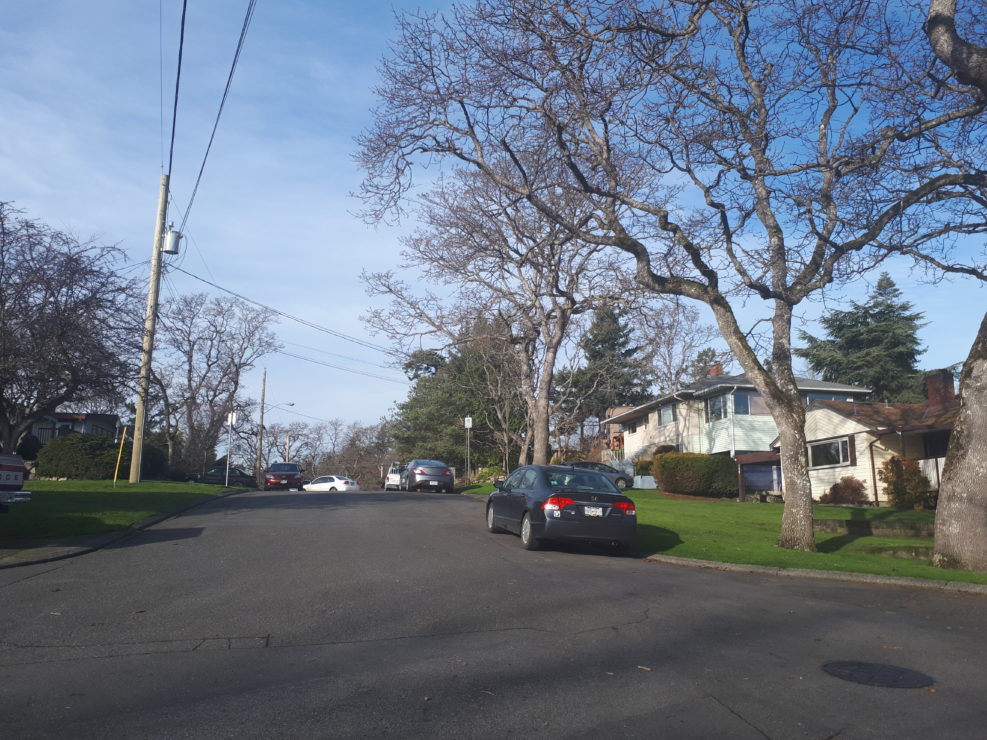Citizens at risk of homelessness are still not a priority for Victoria’s city planners

Within the next few years, the City of Victoria plans to create accessible housing units, which will be priced at $875 per month for a studio apartment and $1 750 per month for three bedrooms. Despite asserting that Victoria is facing a housing crisis, the units the city is building will not be accessible for those who are in the most immediate need.
In B.C., the minimum wage is $13.85 per hour. At 40 hours per week, this works out to be just under $30 000 per year gross. According to the standards set by the city of Victoria in their Inclusionary Housing and Community Amenity Policy for 2019, as well as on their website, an individual should have to spend no more than 30 per cent of their income on housing costs. For a person making minimum wage, 30 per cent of their income is around $700 per month, depending on the exact wage and hours worked. Curiously, in the same housing policy where the city expresses its desire to create accessible housing, the lowest income bracket included is $35 000 gross — an income that according to the city’s own website is median-level and much higher than the lowest in the region.
It is difficult to understand why the city does not account for the lowest-income individuals when they create crisis-focused housing policies. Many people receive less than full-time hours and many more are not able to work the hours required to reach a $35 000 threshold. Individuals who are PWD (Persons With Disabilities) receive less than $15 000 per year in government support. This is around one third of what “low-income” means to the City of Victoria. Yet disabled people are apparently not financially considered when planning for accessible housing. Furthermore, others who cannot work full-time, such as students, single parents, and those with chronic illnesses, also remain in need. Who does the city consider to be the most at risk if not these groups? Perhaps those who make $35 000 – $50 000 per year are the ones who require housing most.
The city acknowledges that we are facing a housing crisis — it says as much in their housing policy plans — so why have they created a program that will not provide for those on the brink of homelessness? A reserve fund is in place to absorb the community amenity contributions, which is money gained from the amenities built in housing communities. This money is put aside to provide grants. The fund, titled Victoria Housing Reserve Fund, contributes to the development and retention of affordable housing. Surely this shows the city is concerned with the crisis we’re facing.
On the program’s website, “very low income” individuals are defined as those making less than $19 000 per year. The site also explains that rent for these people should be $375/month for a studio apartment. The same site lists $35 000 as the lowest median income for Victoria citizens. Why create a community development plan on the basis of solving the housing crisis and serve only those who make $35 000 per year? It seems the city must be aware that they are not set to provide housing for the people who need it most, yet they also understand that the housing problem in Victoria constitutes a crisis.
Could it be that the priority in creating accessible housing with nearby amenities is related to the city’s desire to see the facilities, which contribute to their fund, make money from those who have a little extra to spend each month? Of course, anyone with severe housing needs will not be able to contribute wealth to the surrounding businesses. To the city, this must seem like a more critical problem than that which many low-income households face: homelessness.
Citizens may never know the real reason that the city prioritizes median-income over low-income housing. However, one thing is certain: the numbers outlined in the City of Victoria’s plan do not line up with the information detailed on their Housing Reserve Fund website. It appears that the city’s priority is not to expedite the building of homes for those who really need it. Despite the thousands of people with disabilities and illnesses, single parents, and students who are facing homelessness, the city continues to drag their feet on building real low-income housing. When will the city wake up to the real crisis: the uncertain and possibly dangerous future of Victoria’s most vulnerable citizens?








